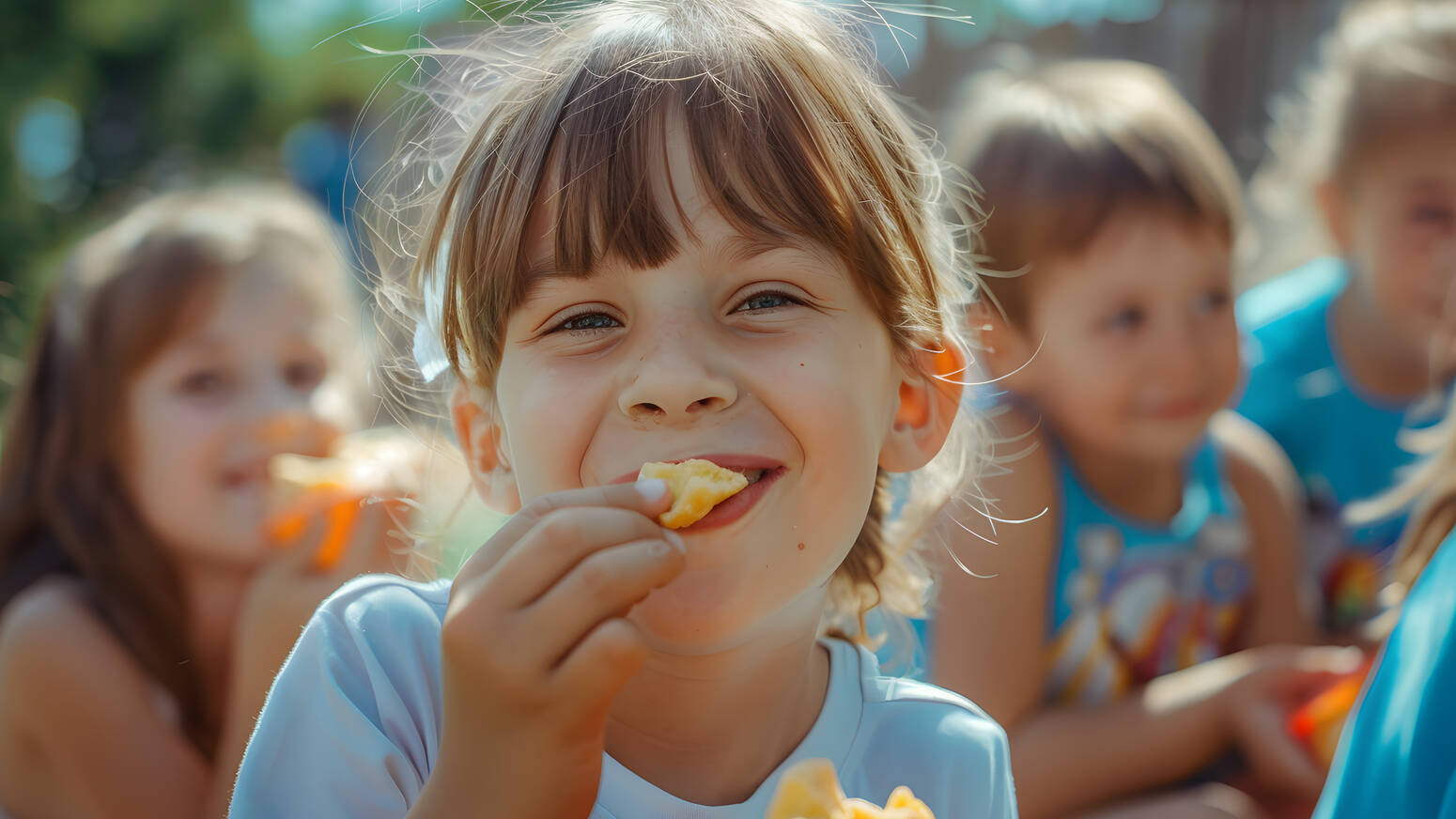- Establish a routine around snack times, not rigid timing but regularity so children know when to expect snacks.
- Snacks should ideally be eaten at a designated place, preferably the family dining table or a toddler-sized table to reinforce mealtime habits.
- Snack portions should be about one-third the size of a regular meal.
- Instead of offering multiple food groups at snack, focus on two complementary items, such as a protein (cheese, nut butter) paired with a fruit or vegetable (apple slices, carrots).
- Typical toddler serving sizes for snacks are approximately 1-2 tablespoons per food group, corresponding to about one-quarter to one-half of an adult portion.
- Example snacks: cheese and crackers, cheese with fruit, veggies with hummus, snacks that children enjoy and perceive as treats but are nutritious.
- Keeping snacks balanced and appropriately portioned supports healthy eating habits and prevents overfeeding or underfeeding.
Importance of a Snack Routine
Balanced, predictable snack routines help children build healthy eating habits and portion awareness.

Filomena Kersey, RDN, CD, CSO, LD, Pediatric Dietician


